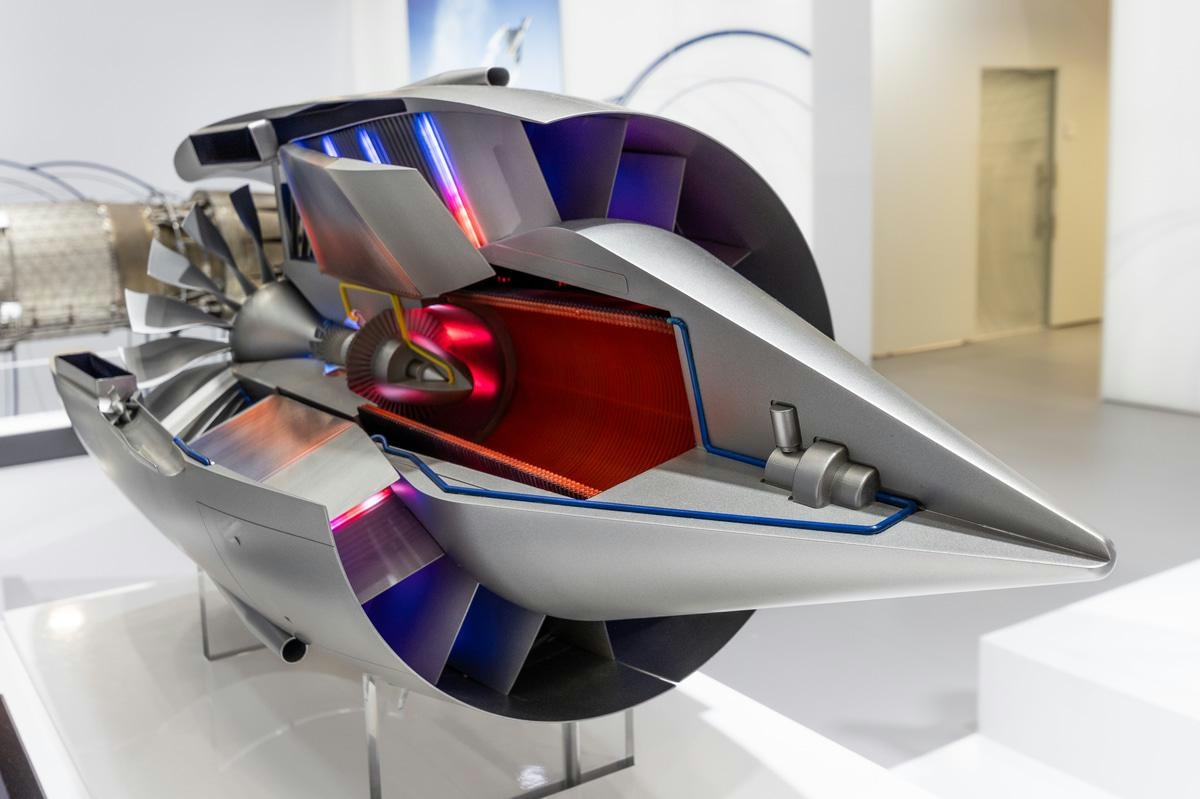
Smarter email, faster business.
Trending
AFI KLM E&M Completes Industrialization of LEAP-1A Engine at New Test Facilities
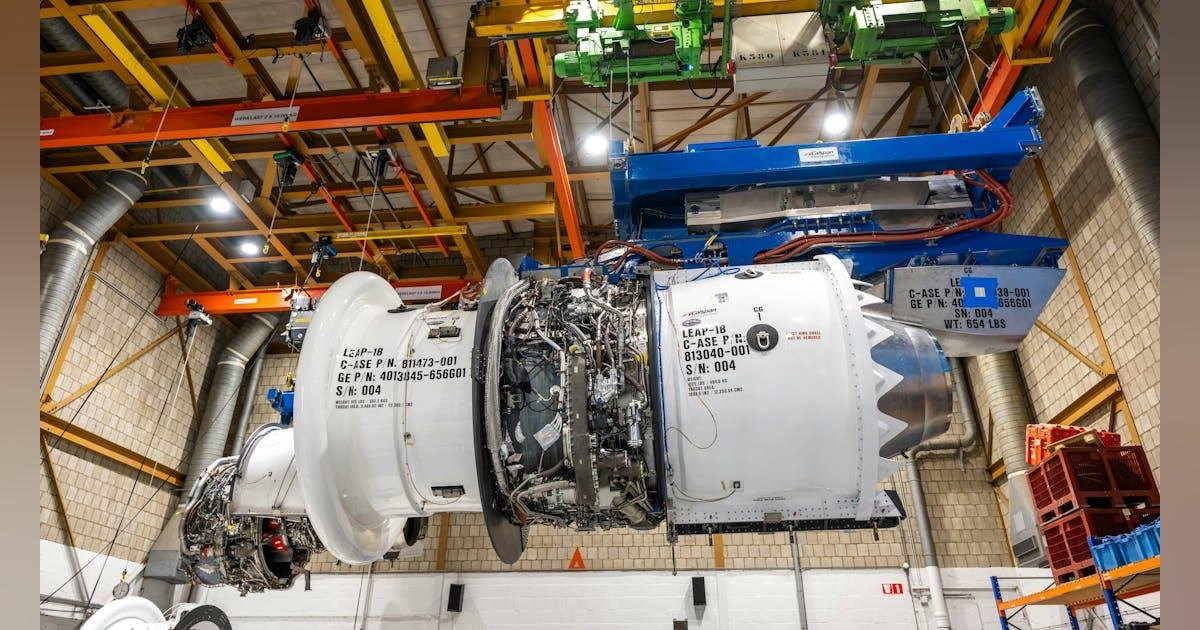
AFI KLM E&M Completes Industrialization of LEAP-1A Engine at New Test Facilities
Air France Industries KLM Engineering & Maintenance (AFI KLM E&M) has successfully finalized the industrialization of the CFM LEAP-1A engine at its newly upgraded test cell facilities located in Paris and Amsterdam. This achievement marks a significant advancement in the company’s engine maintenance capabilities, as the state-of-the-art facilities are now fully operational and equipped to conduct comprehensive performance testing and diagnostics for the latest generation of LEAP engines powering the Airbus A320neo family. The industrialization of the CFM LEAP-1B engine is anticipated to follow later this summer.
Advanced Testing Capabilities and Facility Features
The newly commissioned test cells incorporate cutting-edge technologies designed to accommodate high-bypass, high-thrust engines under conditions that closely simulate real-world operations. Constructed in full compliance with CFM original equipment manufacturer (OEM) standards, these facilities enable AFI KLM E&M to perform detailed engine diagnostics, validate performance, and certify engines post-maintenance within controlled environments. This ensures that engines are ready for immediate return to service, enhancing operational efficiency.
Among the key features of the new test facilities are the ability to conduct full-thrust testing for both LEAP-1A and LEAP-1B engines, simulating actual flight conditions. The facilities also employ real-time digital data acquisition systems that provide complete traceability and ensure compliance with OEM requirements. Additionally, advanced noise and vibration analysis tools allow for meticulous performance monitoring, while integrated automation and safety systems enhance operational reliability and personnel safety.
Jean Louis Forest, senior vice president Group Engines at AFI KLM E&M, emphasized the strategic importance of these developments, stating, “The commissioning and certification of these new facilities represent a major step forward in our ability to support the world’s leading airlines with the highest standard of engine MRO. As LEAP engines become the backbone of modern narrowbody fleets, this test cell gives us a strategic advantage in ensuring quick turnarounds and uncompromising reliability for our customers.”
Implications for Airlines and Market Positioning
For airline operators, the completion of in-house industrialization translates into faster turnaround times, reduced logistical complexity, and enhanced transparency regarding engine performance following maintenance. With the internal correlation process now complete, AFI KLM E&M can manage the entire engine maintenance cycle without reliance on external testing facilities. This capability allows operators to return engines to service with greater confidence and efficiency.
This milestone arrives amid growing demand for durable, high-performance engines, intensifying competition within the engine leasing market. As GE Aerospace progresses with its GE9X dust-ingestion testing and competitors introduce engines featuring significant technological advancements—such as GE’s Catalyst engine equipped with full-authority digital engine control (FADEC)—the industry’s focus on durability and innovation continues to sharpen. AFI KLM E&M’s enhanced test cell capabilities position the company to adapt effectively to these evolving market dynamics, offering flexible and scalable maintenance, repair, and overhaul (MRO) partnerships tailored to new-generation aircraft.
Certification of the LEAP-1A and forthcoming LEAP-1B engines will establish AFI KLM E&M as an independent MRO provider with fully integrated test cell capabilities for narrowbody engines. These facilities will support both AFI KLM E&M’s in-house fleet and third-party customers through long-term service agreements, power-by-the-hour programs, and customized maintenance solutions. By combining technical expertise, advanced digital monitoring tools, and a global support network, AFI KLM E&M aims to deliver comprehensive, performance-driven engine support to LEAP operators worldwide.
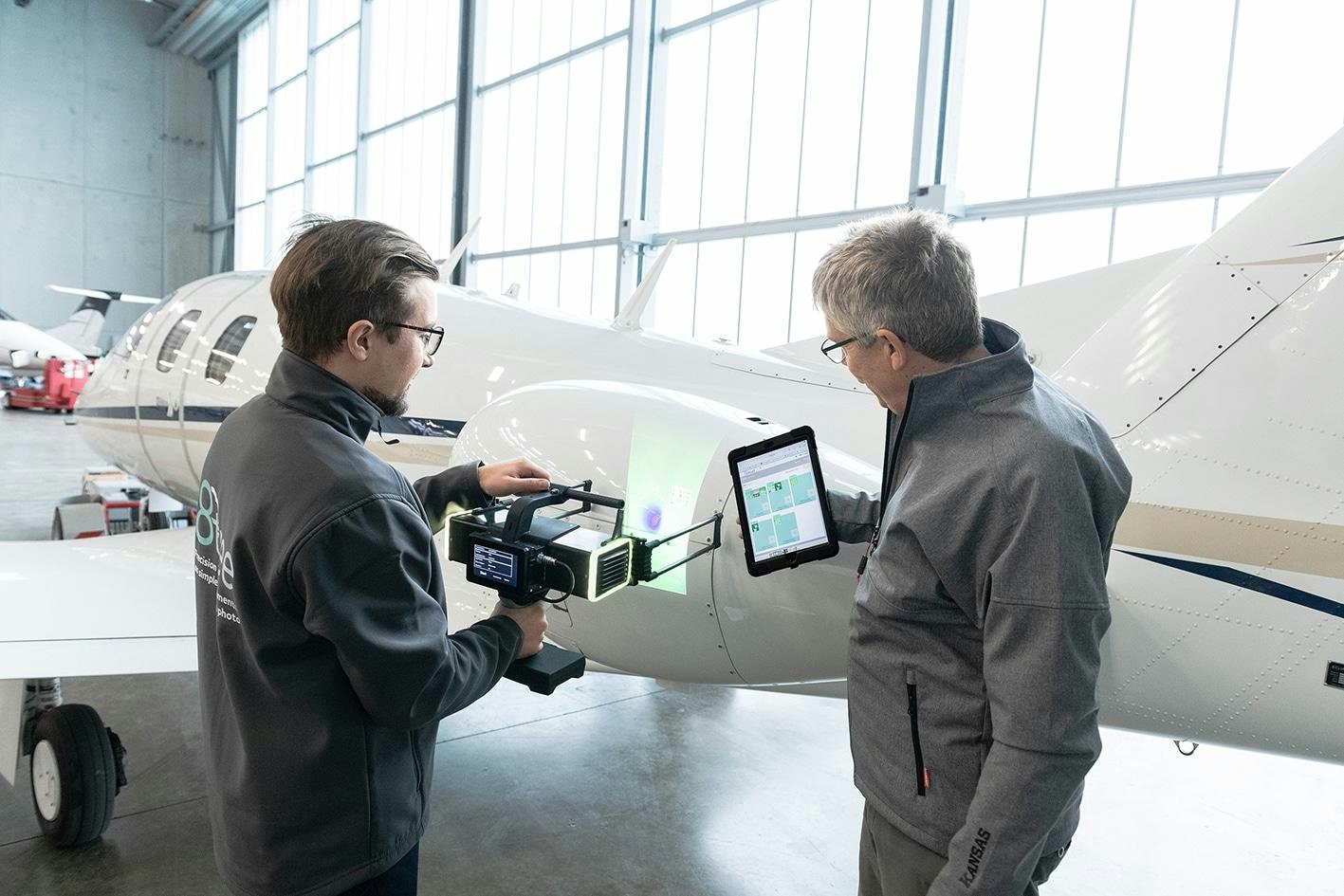
Vueling Airlines and Commercial Jet Adopt dentCHECK Technology from 8tree

Airbus Signs New Agreement with Chinese Partner Amid Reports of Large Order
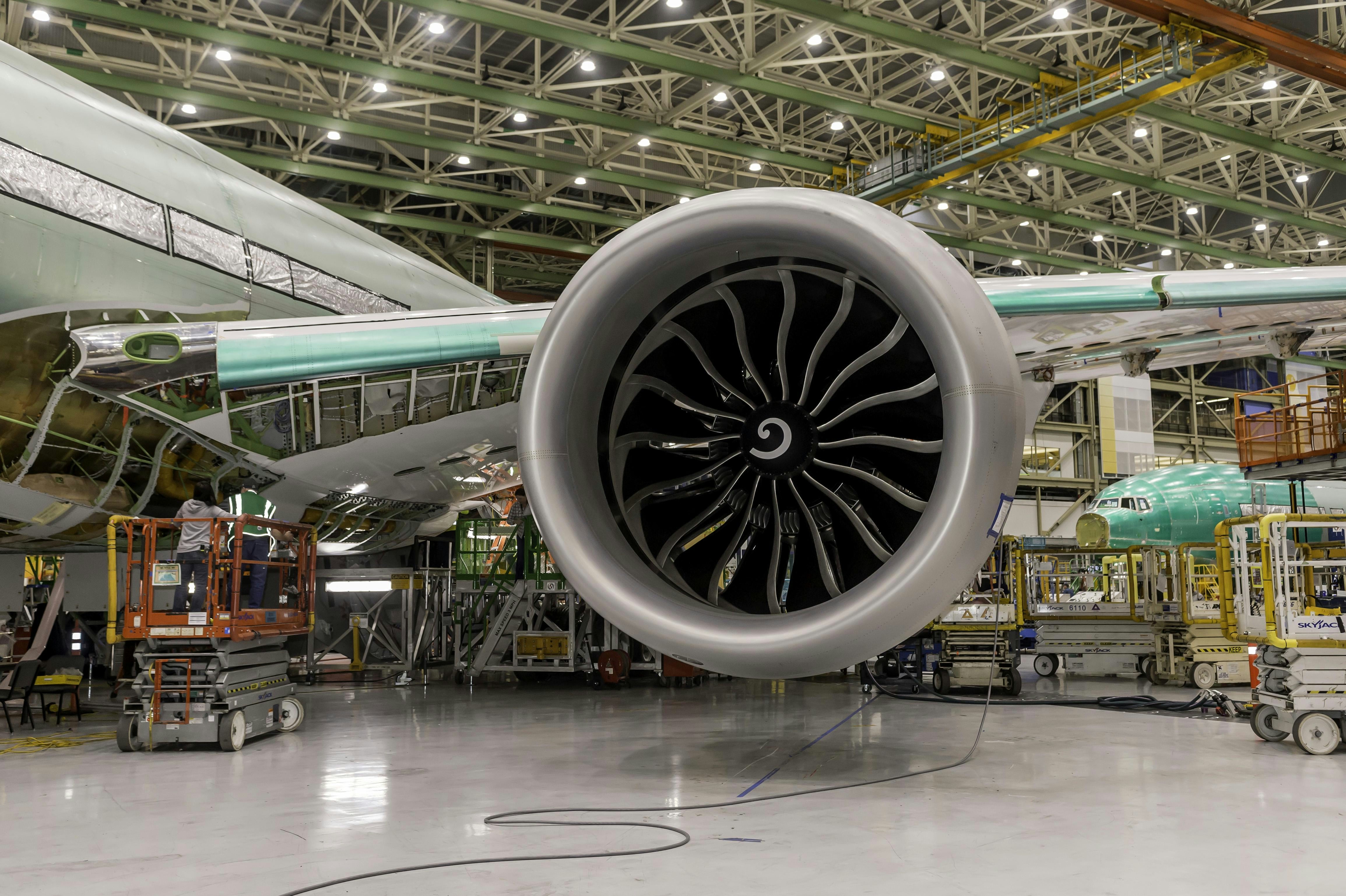
IATA Says Airlines Hesitant to Accept Aircraft Deliveries Amid Tariff Uncertainty
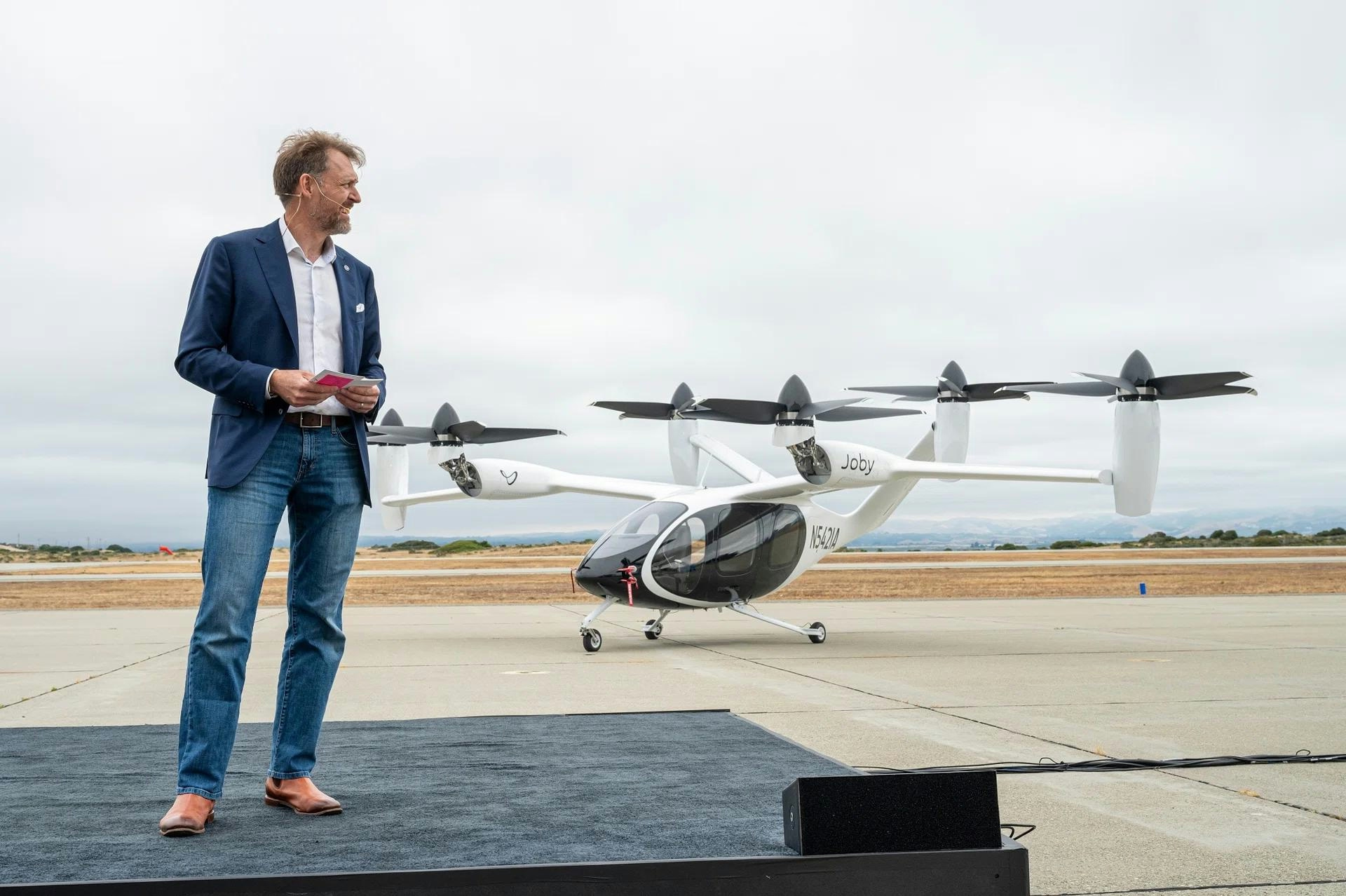
Flying Taxi CEO Regains Billionaire Status After Stock Surges 160%
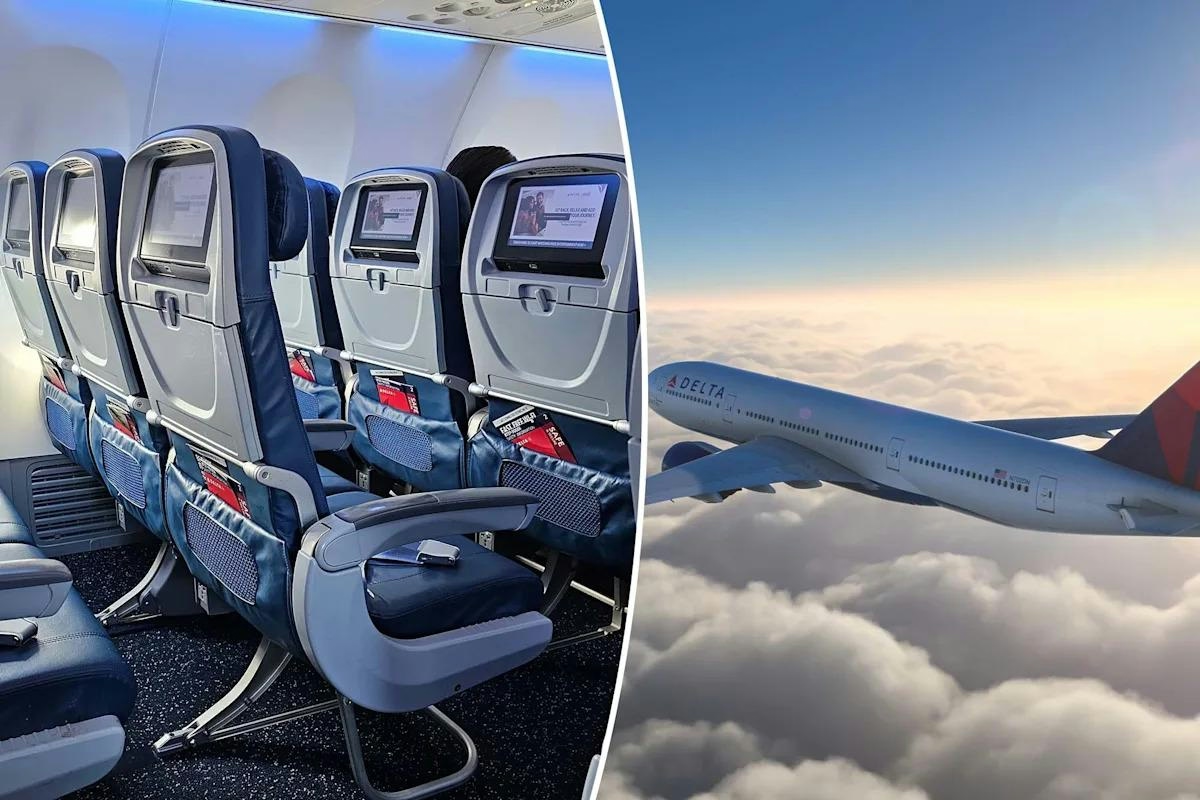
Delta to Use AI for Ticket Pricing
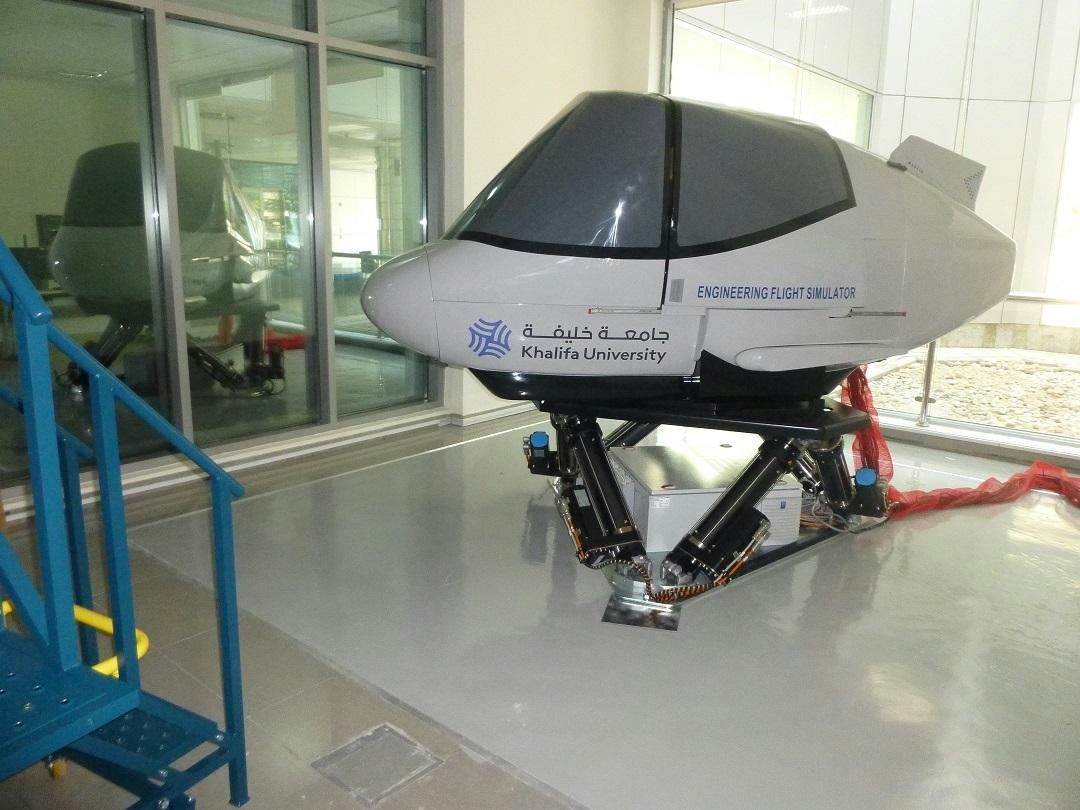
Khalifa University Students Drive Aerospace Innovation with Merlin MP521 Flight Simulator

Woodward Stock Gains on AI Data Center and Aerospace Prospects
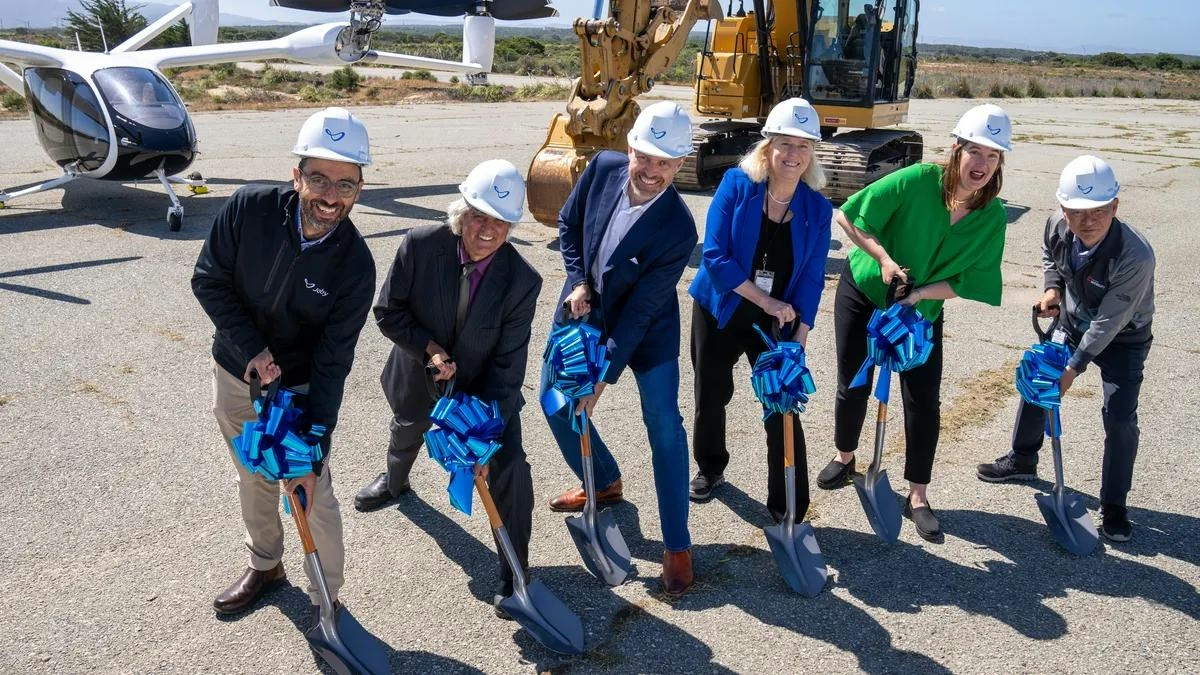
Joby Aviation to Double Production at Air Taxi Manufacturing Facility

Military Aircraft Maintenance Market Projected to Reach $145 Billion by 2034
